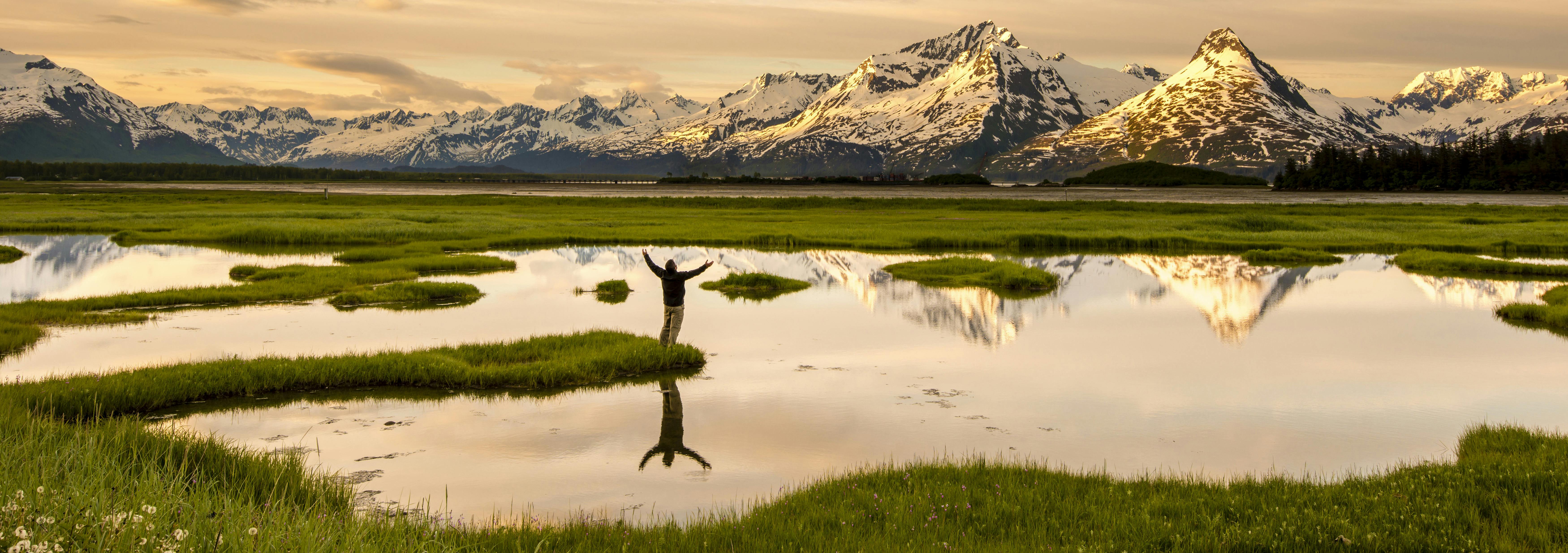Valdez, a New Alaska Port for Silversea, Puts on Its Summer Best for Adventurers
It’s said that everything’s bigger in Alaska, and it’s true. Alaska is the biggest U.S. state and has the longest coastline in the U.S., the largest bears and moose, and some of the largest glaciers outside Antarctica.
And it has Valdez, a new port for Silversea.
This town in southeastern Alaska on Prince William sound is a big burg, at least in the literal sense: Its population is about 3,800 residents who live on a little shelf of land tucked against the steep-walled backdrop of the Chugach Mountains.
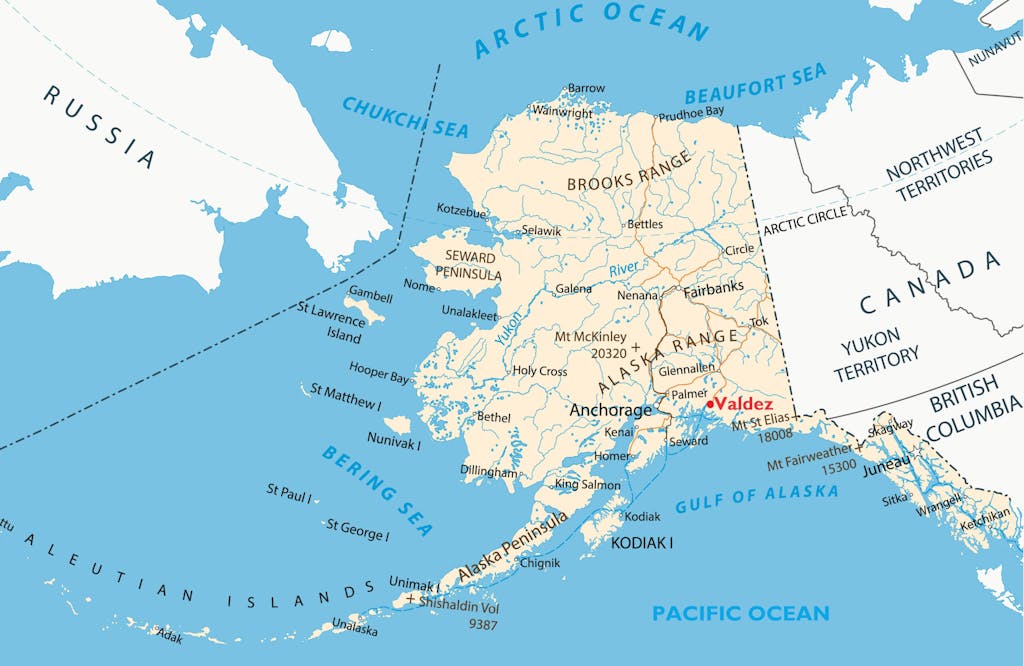
But Valdez punches far above its weight in terms of adventure, history and natural beauty, so much so that it’s often hailed as the adventure capital of Alaska.
Alaska’s beauty in white, green and rock
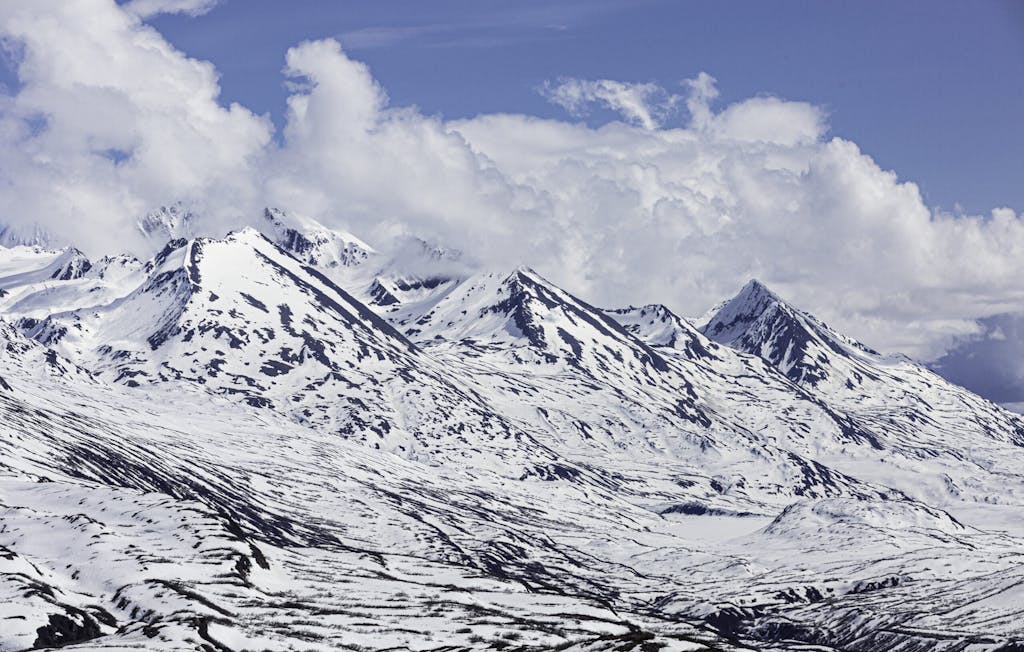
To understand Valdez’s summer beauty, you must first look to Thompson Pass in winter. That’s the snowiest place in all of Alaska, averaging more than 500 inches of snowfall every winter and just 30 miles east of Valdez along Richardson Highway, the town’s only access road.
Despite sitting at sea level, Valdez averages at least 300 inches of snowfall in a year. Imagine stacking five or six cars on top of one another, or getting five average-height friends to stand on one another’s shoulders and still not able to see them over all that snow.
When your ship docks in Valdez, you’ll get the summer version, not the winter wonderland. Long days and mild temperature transform that snow into a lush, verdant carpet of green on the mountains, punctuated by waterfalls bouncing and leaping down the green walls in every direction until they become streams running into the sea — water highways for the salmon that return in late summer to spawn.
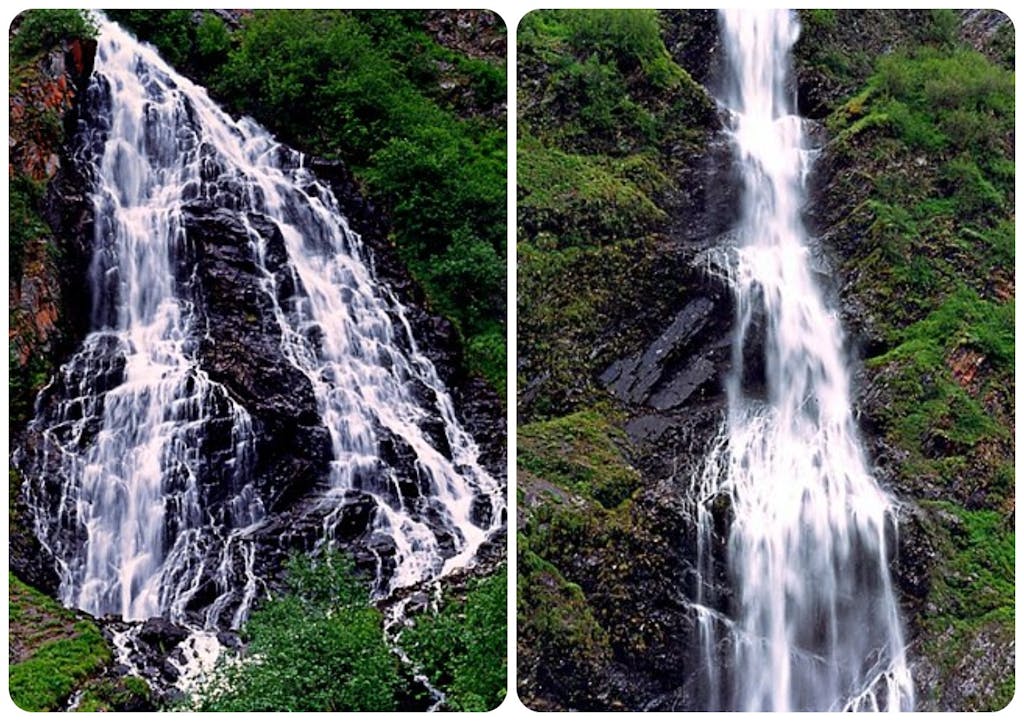
All that water is also responsible for the creation of Keystone Canyon, a three-mile stretch of dramatic rock walls carved out by the Lowe River. The canyon starts about 14 miles out of town and holds two of the region’s best-known cascades: Horsetail Falls and Bridal Veil Falls, each hundreds of feet tall. The Lowe River ripples alongside the highway like a magic carpet for whitewater rafters.
Where ice meets the sea
Valdez’s magnificent waterways don’t only leap down mountains, chisel out canyons and birth veritable rivers full of salmon. Sometimes they also fly through the air as house-sized chunks of ice. Most of that airborne-ice action centers on the Columbia Glacier, one of the largest and fastest-moving tidewater glaciers in North America. That means that if there were a place you’d practically be guaranteed to see a glacier calving, this is it.
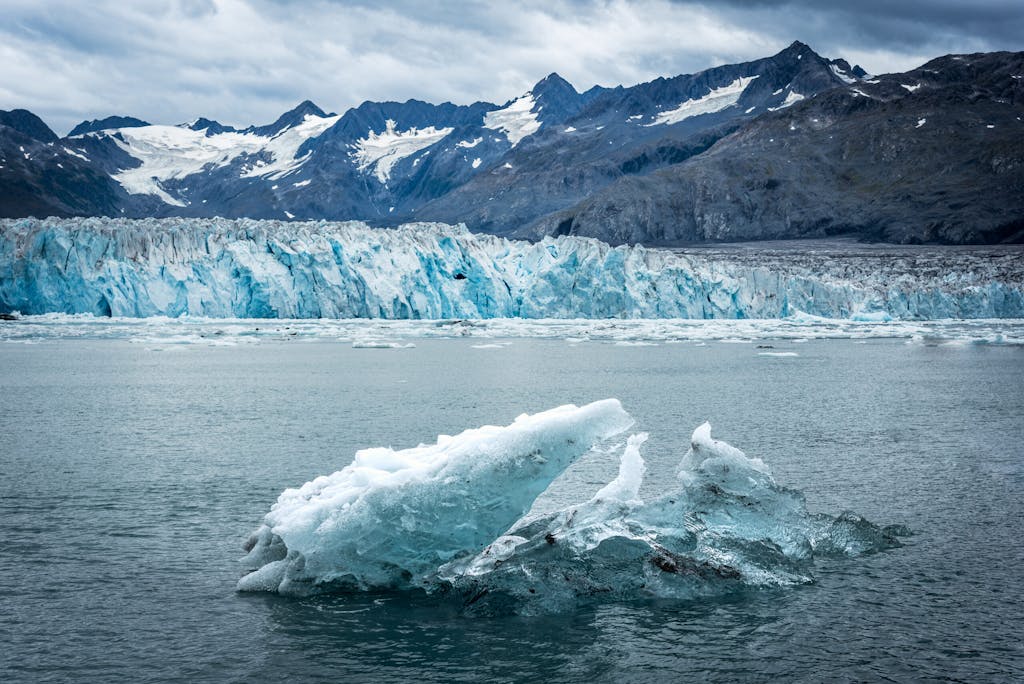
You can expect to spend all day on the boat ride there and back, but it’s well worth the effort: Even from a distance the glacier’s bulk is a sheer, looming wall of white. No ship will take you right up to the face of the glacier, because nobody wants to be within range of those flying chunks of ice. But you’ll get close enough to feel the surge and wash of the ocean reacting as the glacier sluffs more ice into the water and the way its field of calved-off icebergs ripples and shifts like an undulating carpet over the sea.
There are glaciers closer to Valdez, especially Valdez Glacier, which is just a short drive from town. You can take a paddling trip around that glacier’s lake and still have time to explore the town itself, or paddle a kayak into the famed, wildlife-rich waters of Prince William Sound, just outside Valdez.
For perhaps the most dramatic glacier experience, take a helicopter ride. You’ll not only have a chance to walk on a glacier, but you’ll also get to enjoy the one viewpoint that encompasses the grandeur of the landscape around Valdez as mountains roll past in endless ridges and ripples.
Small town, big history
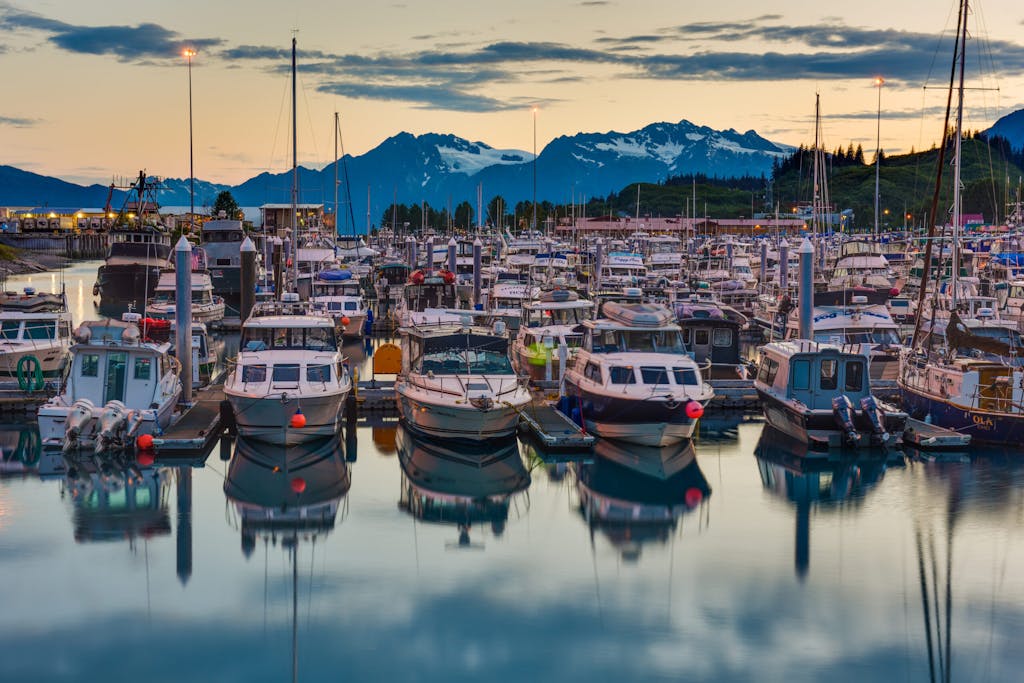
Compared with the nearby mountains and waters, the town of Valdez is a speck on the map. But it’s also been home to broad swaths of the state’s history, including a massive tsunami caused by the 1964 Good Friday earthquake and the 1989 Exxon Valdez oil spill, which devastated wildlife and fisheries.
Valdez’s museums are small but excellent and offer an opportunity to learn about those events. You’ll also be educated about the Trans-Alaska Pipeline System, or TAPS, an 800-mile engineering marvel that moves crude oil from Prudhoe Bay, off Alaska’s northern coast, to Valdez, where it’s loaded onto tankers for transport to refineries.
The town is far more than the sum of its museums or historical events. It’s one of the friendliest, most walkable towns in all of Alaska, so leave yourself a little time to explore. You can ramble right down to the harbor or the rocky coastline, sample freshest-of-the-fresh seafood in local restaurants and shop for local art.
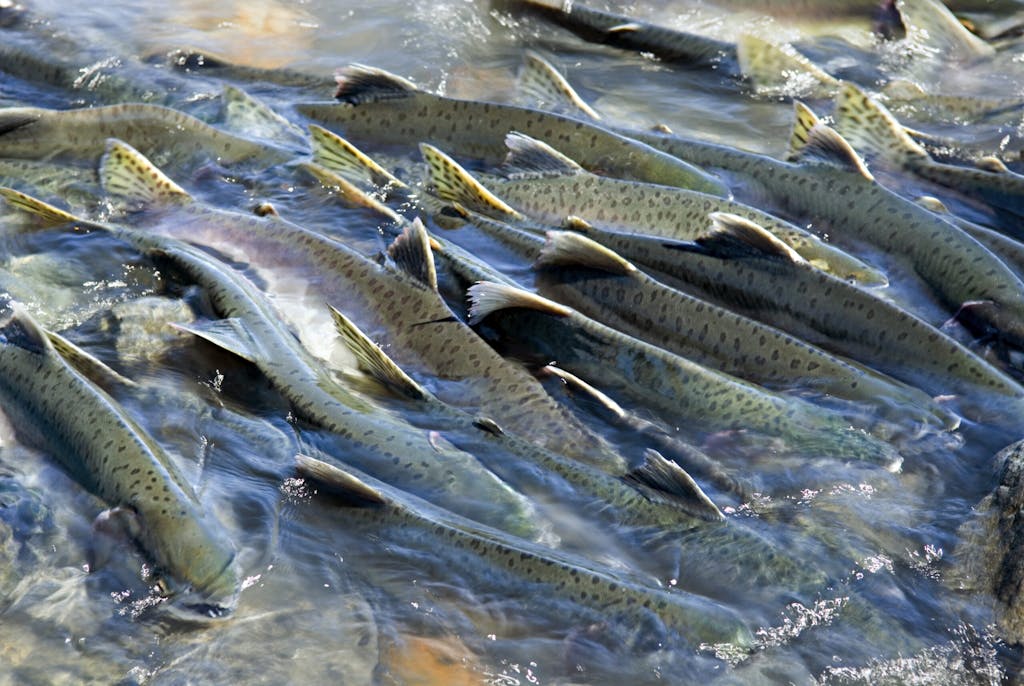
There are also two good wildlife-watching opportunities a brief ride away, including the viewing platform and Solomon Gulch Hatchery. Solomon Gulch is the largest pink salmon hatchery in North America, and you may see sea lions, birds, and sometimes bears flocking to feed on that bounty of fish.
At the smaller Crooked Creek viewing platform you can get up-close views of the fish and, sometimes, a bear or two as well. Speaking of which, keep an eye out for bears on the road between the two attractions. They often dash across in a hurry, eager to get to the fish on the other side.
Leave yourself a moment to look up every now and then. The mountains are always there to remind you that even if Valdez isn’t the biggest town in all of Alaska, it’s guaranteed to leave you with some of the biggest feelings and memories.
